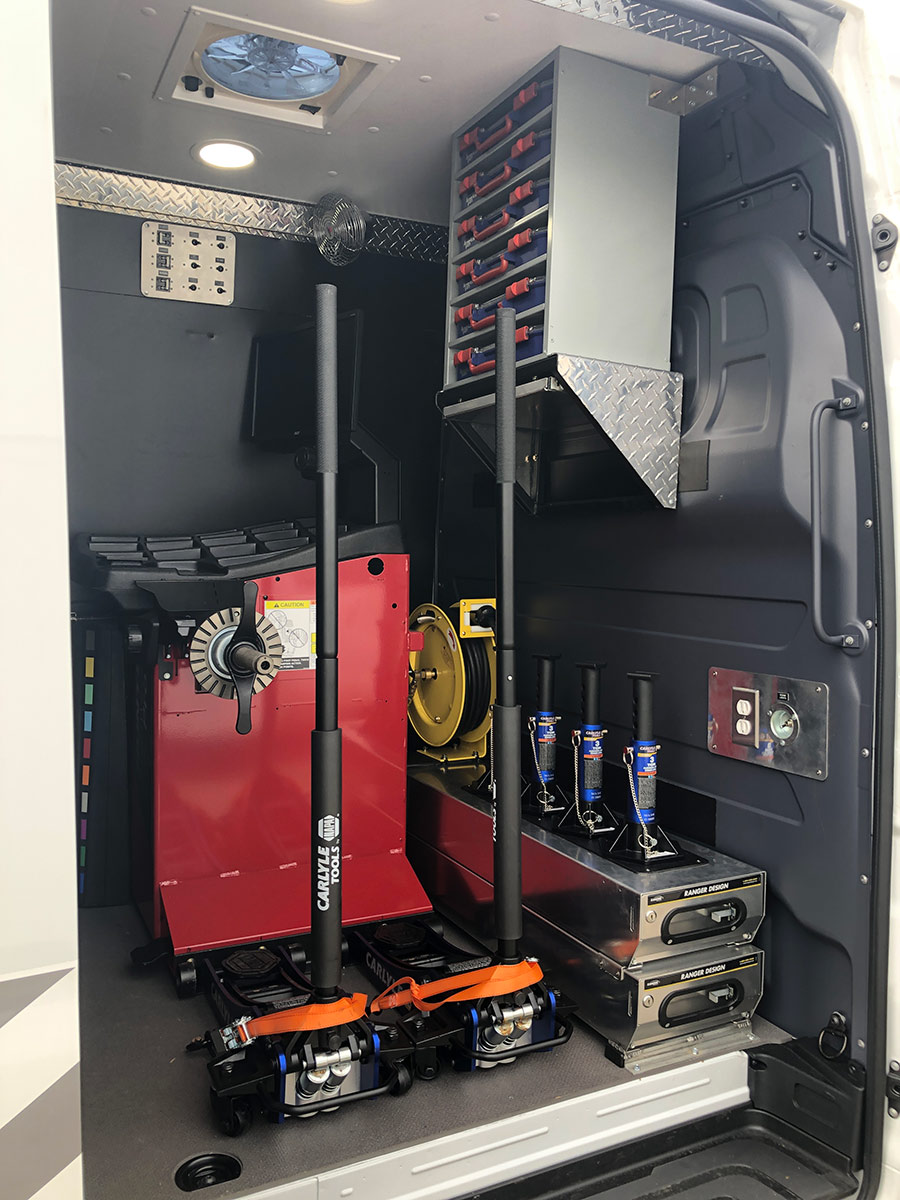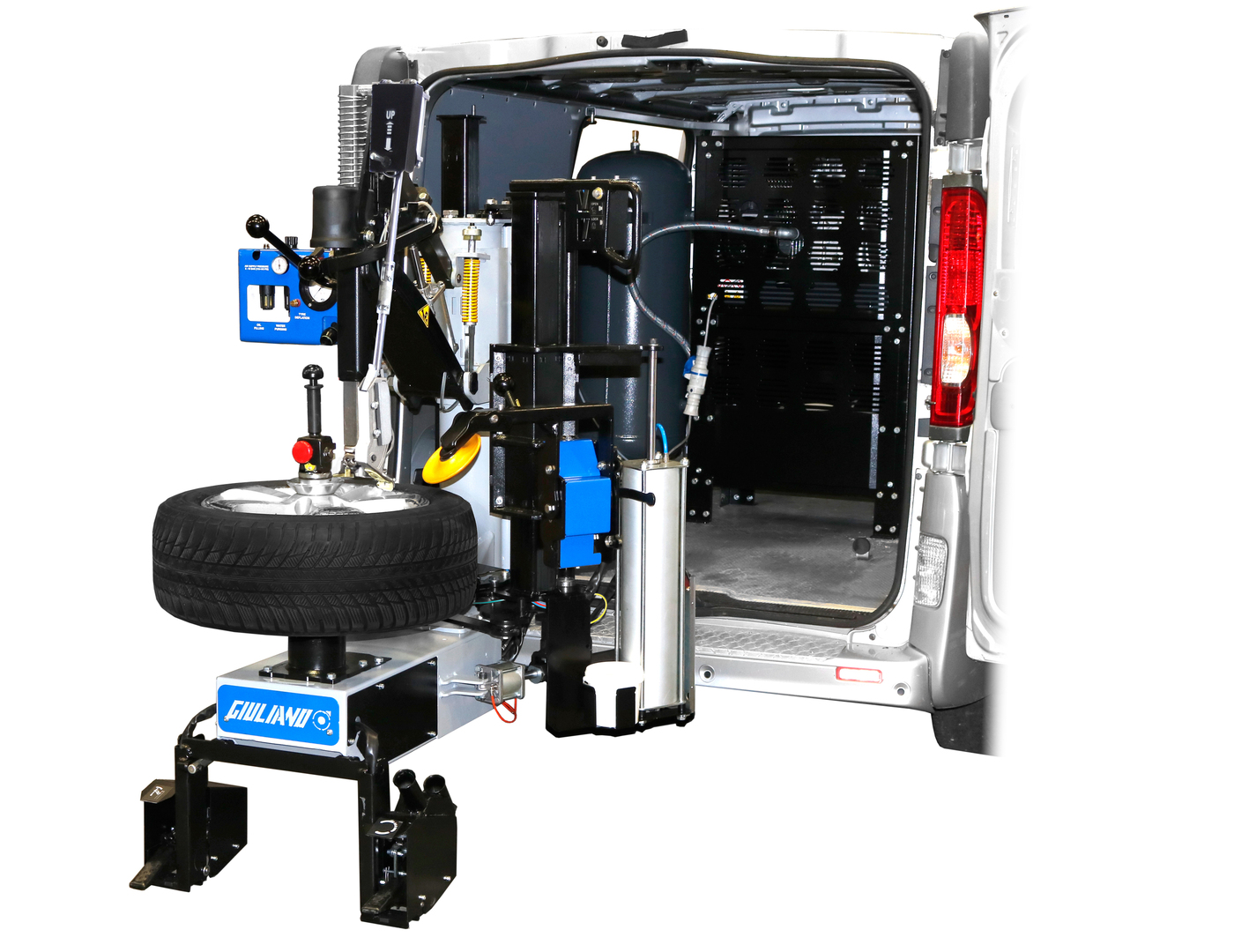Tire Service: Proven Methods for Optimal Tire Upkeep and Care
From making sure proper tire pressure to normal rotation and alignment, there are tested approaches that can substantially extend the life expectancy of your tires and boost total driving experience. Let's dive into the globe of tire solution and uncover the secrets to keeping your tires in top-notch shape for the lengthy haul - Mobile Tire Change Las Vegas.
Importance of Tire Pressure
Ample tire stress advertises better gas performance, as under-inflated tires can lead to enhanced rolling resistance, causing the engine to function harder and take in even more gas. Correct tire stress makes sure even walk wear, boosting tire long life and saving money in the long run by postponing the demand for early replacements. Consistently changing and inspecting tire stress, specifically before long journeys, is a simple yet reliable method to boost vehicle performance, extend tire life expectancy, and prioritize security on the roadway.
Tire Turning Standards
When considering tire rotation guidelines, it is important to recognize the relevance of this maintenance task in making best use of tire life-span and keeping optimum automobile efficiency. Tire rotation involves transforming the placement of each tire on a lorry to make certain also walk wear. Front tires have a tendency to wear faster than back tires because of steering pressures, making normal turning critical for well balanced wear patterns. The recommended turning pattern differs depending upon whether a vehicle is front-wheel, rear-wheel, all-wheel, or 4x4. Commonly, tires need to be turned every 5,000 to 7,500 miles, or as recommended in the vehicle guidebook. Ignoring tire rotation can result in unequal wear, impacting handling, grip, and possibly compromising car security. By sticking to appropriate rotation guidelines, vehicle drivers can expand the life of their tires, enhance gas effectiveness, and enhance general driving experience. Regular turning is a basic yet effective upkeep practice that adds considerably to tire long life and car efficiency.

Advantages of Wheel Placement
Guaranteeing correct wheel alignment after tire turning is important for keeping balanced wear patterns and maximizing automobile performance. Furthermore, proper wheel positioning aids to extend the life-span of your tires. Misaligned wheels can cause unequal tire wear, leading to early tire replacement and raised maintenance costs.

Tire Tread Depth Examine
Doing a regular assessment of tire tread deepness is vital for maintaining safe driving problems and lengthening the life expectancy of your tires. The step on your tires plays a vital role in providing grip, especially in damp or slippery conditions. To check your tire walk deepness, you can use a walk deepness scale or the dime examination. The recommended walk deepness goes to the very least 2/32 of This Site an inch. It is time to change your tires to make certain optimum these details efficiency and safety on the road if the tread depth is listed below this limit. Uneven tread wear can indicate problems with tire placement, suspension, or pressure, highlighting the importance of regular tread depth checks. Disregarding to check and keep correct step deepness can cause minimized hold, longer braking distances, and an increased risk of hydroplaning. By integrating tire tread depth check out your regular upkeep routine, you can drive with confidence knowing that your tires remain in leading condition.
Seasonal Tire Examination
Seasonal tire assessment is an essential facet of tire upkeep that ensures tires are ready to face the obstacles posed by various climate problems. In prep work for wintertime, it is vital to examine the tire stress consistently as chilly temperatures can create tire pressure to drop. By performing regular seasonal tire examinations, chauffeurs can extend tire life expectancy, enhance gas performance, and most significantly, make certain a safe and secure driving experience in differing climate problems.
Conclusion
In conclusion, maintaining proper tire stress, rotating tires frequently, aligning wheels properly, monitoring walk deepness, and conducting seasonal evaluations are important methods for ideal tire care. By complying with these verified techniques, vehicle drivers can guarantee their tires last much longer, perform better, and add to total automobile security. It is very important to prioritize tire maintenance to stop accidents, enhance fuel efficiency, and lengthen the life-span of tires.
Appropriate tire pressure promotes better gas performance, as under-inflated tires can lead to raised rolling resistance, triggering the engine to function tougher and eat more fuel.When considering tire turning standards, it is essential to understand the significance of this maintenance task in taking see page full advantage of tire lifespan and preserving optimum vehicle performance. Seasonal tire inspection is a fundamental facet of tire maintenance that makes certain tires are ready to deal with the obstacles posed by various weather condition conditions. By carrying out routine seasonal tire inspections, drivers can extend tire life expectancy, boost gas efficiency, and most importantly, guarantee a secure driving experience in differing climate problems.
In verdict, preserving proper tire stress, revolving tires regularly, straightening wheels appropriately, checking step depth, and performing seasonal assessments are essential practices for optimal tire treatment.